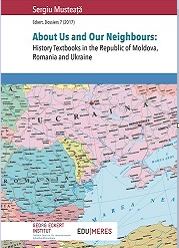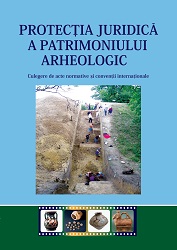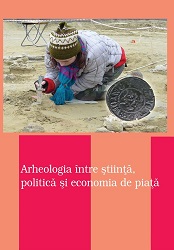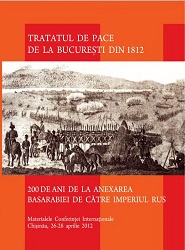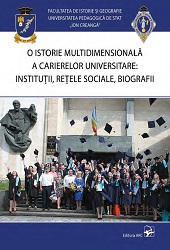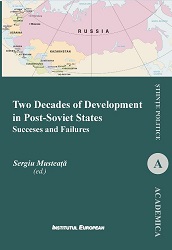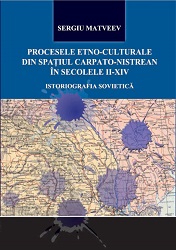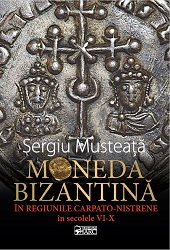
Byzantine Coinage in the Carpathian-Nistrian Regions during the 6th – 10th Centuries
Moneda bizantină în regiunile carpato-nistrene în secolele VI-X
Keywords: Byzantine Coinage; Carpathian-Nistrian Regions; 6-10 centuries
The purpose of the study is the analysis of numismatic sources by relating monetary discoveries to the historic phenomena and processes in the 6th-10th centuries, which took place in both Byzantium and the Carpathian-Dniester regions. The study objectives are to update the repertoire of individual numismatic discoveries and monetary hoards; to file numismatic discoveries; to establish concentration zones and insight processes; to determine the evolution and fluctuation of Byzantine coins according to their issuers, value rate, production shops and to delimit certain chronological stages of minimal and maximum intensity. The research sources are the Byzantine coins from the 6th-10th centuries attested in the Carpathian-Dniester regions. As a rule, the coins represent accidental discoveries either detached or grouped in hoards. In this study a sample of 582 Byzantine coins produced from the reigns of Anastasias I (491-518) to Basil II (976-1025) is catalogued, among which the place of discovery and issue are known for 189 coins, 20 coins are of unknown issue, 48 coins are of unknown place of discovery and 325 coins are from hoards. The coins from the reign of Basil II are included only to observe the situation from the late 10th century – early 11th century. The research period. Chronologically, the study embraces the second half of the 1st millennium, a period that can be divided in two distinct phases, on the basis of which our sample is constructed: the 6th-7th and the 8th-10th centuries. The work includes Byzantine coins starting with the monetary reform of Anastasias I (491-518) and extending until the reign of Basil II (976-1025). In this period of time, 39 emperors from five dynasties (Justinian, Heraclian, Isaurian, Amorian and Macedonian) sat on the Byzantine throne. Their reigns lasted from several months to several decades.
More...
